This #AgWeek, be grateful for all the farmers and growers in New York who work every day from sunrise to sunset to ensure that safe, delicious, high-quality food delivered to local grocery stores and farmers’ markets.
Thank you for all that you do!
This #AgWeek, be grateful for all the farmers and growers in New York who work every day from sunrise to sunset to ensure that safe, delicious, high-quality food delivered to local grocery stores and farmers’ markets.
Thank you for all that you do!
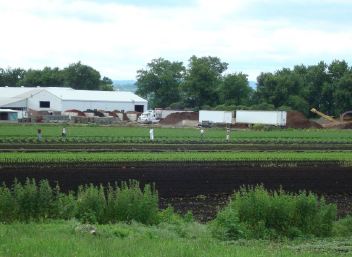 PathStone Corporation is currently accepting applications for their 2021 On-Farm Housing Grant
PathStone Corporation is currently accepting applications for their 2021 On-Farm Housing Grant
This program is a matching grant of up to $2000 to repair and upgrade existing farm labor housing. Examples of eligible repairs include, but are not limited to: bathrooms, plumbing, laundry facilities, recreation rooms, upgrading kitchens and appliances, heating, windows, ceilings, doors, and other major structural components.
Farm Owners must agree to provide $1 for every $1 provided by PathStone Corporation. This grant is available in Monroe, Wayne, Ontario, Seneca, Orleans, Wyoming, Livingston and Genesee counties. If interested, or if you have questions, please contact Susan Lerch at 585-261-1779 for an application.
Applications will be due March 1, 2021 and the work will need to be completed by May 21, 2021. Please help us spread the word as we want to assist as many farms as possible!
The program is limited to farmers and growers who own existing farm labor housing that is in need of repairs and upgrades that will have a direct impact on the safety and health of farmworkers.
Typical Examples
• Bathrooms and plumbing systems
• Kitchens and replacement of appliances
• Heating and insulation
• Interior walls, floors, and ceilings doors, windows, and other major structural components
Click here to download a brochure /2021-Farm-Housing-Grant/
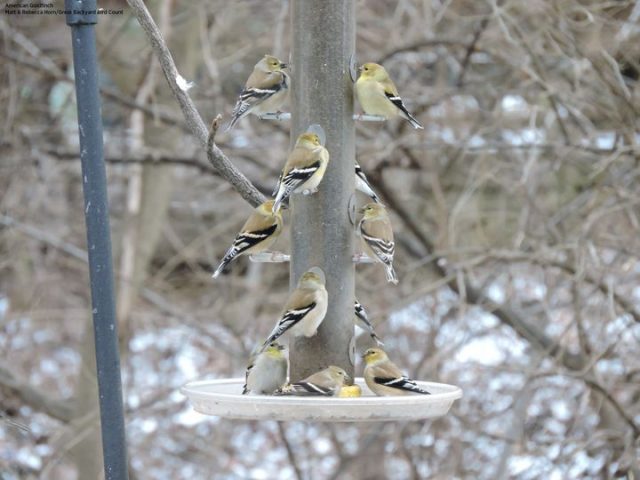 The 2021 season of Project Feeder Watch has begun. Turn your love of feeding birds into scientific discoveries. FeederWatch is a survey of birds that visit backyards, nature centers, community areas, and other locales in North America. You don’t even need a feeder! Visit https://feederwatch.org/ to learn more and register.
The 2021 season of Project Feeder Watch has begun. Turn your love of feeding birds into scientific discoveries. FeederWatch is a survey of birds that visit backyards, nature centers, community areas, and other locales in North America. You don’t even need a feeder! Visit https://feederwatch.org/ to learn more and register.
You can also visit them on Facebook at
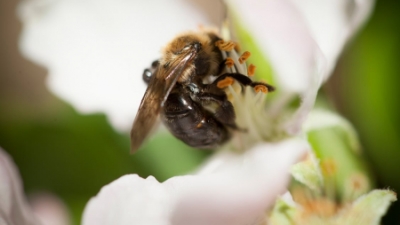 Honey bees play a vital role in New York State’s agriculture economy. Each year, thousands of bee colonies are used throughout the state to pollinate more than $300 million worth of agricultural crops such as apples, grapes, and pumpkins. New York is home to more than 60,000 of the bee colonies used each year, while additional colonies are shipped in from other regions of the country or even foreign countries to make up the remainder. The Department inspects bee colonies and monitors their movement to ensure that the state is protected from potential problems in its honey bee population. (NY AG and Markets)
Honey bees play a vital role in New York State’s agriculture economy. Each year, thousands of bee colonies are used throughout the state to pollinate more than $300 million worth of agricultural crops such as apples, grapes, and pumpkins. New York is home to more than 60,000 of the bee colonies used each year, while additional colonies are shipped in from other regions of the country or even foreign countries to make up the remainder. The Department inspects bee colonies and monitors their movement to ensure that the state is protected from potential problems in its honey bee population. (NY AG and Markets)
For more information and best management practices visit:https://agriculture.ny.gov/plant-industry/honey-bee-health
Make 2021 a Conservation New Year
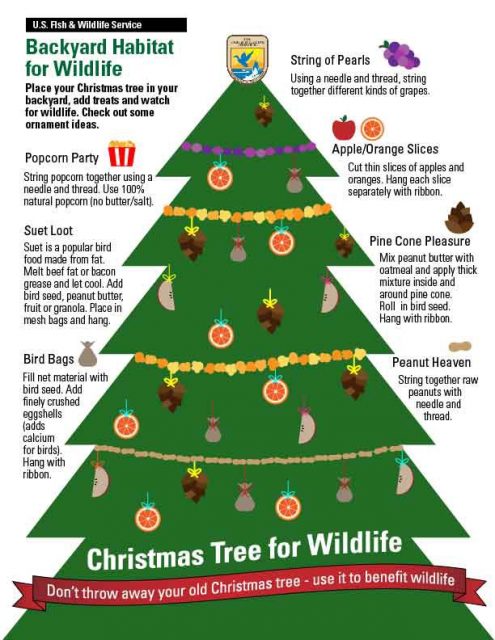
One of the other benefits of a real Christmas tree is the different ways you can recycle it at the end of the season. The most common use for your tree is to make mulch or compost out of it. Whether it’s with the woodchips or needles, mulch is a great way to keep your yard trees healthy and moist during the cold winter season. Pine needles are full of nutrients that enhance the PH of your soil if it is more alkaline and allows your soil to breathe without becoming dense and compacted. Be sure to douse your pine needles with water and mix well in your compost pile. Other ways to upcycle:
Insulate the Garden
Try cutting off the branches of your tree and lay them on your garden bed, the boughs will protect your plants from winter freezes and spring thaws. By laying them on your garden, you’re giving your plants a steady temperature for the cold months. The limbs also work well as a garden edge.
Feed the Birds
Secure the tree outside in your yard in a stand, or with stakes and twine. and hang bird feeders to attract birds and watch your tree evolve into a bird sanctuary. Other critters will soon follow as they nest in the branches of the tree. That used tree will make an excellent home for the birds for the rest of the winter. Make sure it’s free of all ornaments and tinsel. Provide sustenance for your bird friends as well by decorating the tree with strands of popcorn, suet, or pinecone bird feeders.
Make a Home for Fish
If you have a backyard pond, use your tree to create fish habitat. Sink your old tree into the water to creates a welcoming habitat for fish. The branches give them a place to take cover. Just make sure the tree is completely free of tinsel or flocking material that might harm wildlife.
Every little thing YOU do really makes a difference, these small changes cumulatively over time can have a significant benefit to our environment, make 2021 a Conservation New Year.
Make 2021 a Conservation New Year
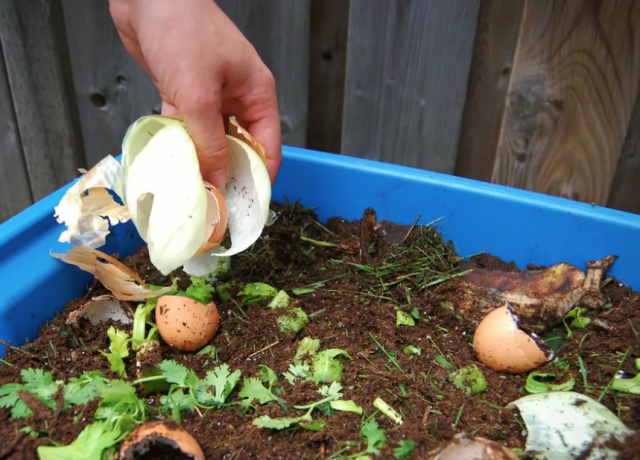 Composting is simply the process of organic material decomposition.
Composting is simply the process of organic material decomposition.Every holiday dinner we seem to have an abundance of leftovers, often these food leftovers are thrown out or left to spoil. According to Cornell University, there are nearly 38 million tons of wasted food in the United States. Composting is simply the process of organic material decomposition. If we composted many of the things we throw away, such as kitchen scraps, grass clippings, leaves, and other landscape debris, we could divert 20 to 30 percent of the trash currently going into landfills.
By composting these materials, we can reduce the amount of waste we generate and produce organic matter and nutrients for our garden, landscape, and yards. Every garden benefits from the addition of compost because it supplies many of the nutrients plants need. Composting also improves the soil’s physical characteristics, increases soil capacity to hold water and nutrients, and increases soil aeration.
In general, you should have about four times as many browns as greens. If your goal is simply to avoid sending organic matter to the landfill and the compost is an afterthought, then you don’t need to worry about it too much. If your bin gets wet and smelly, add more browns and cut back on the greens for a while, then give it a turn. If the contents of your bin aren’t breaking down, add some greens, turn it, and it should start turning into compost again. To turn the compost easily, give the bin a shake every one to three days. This blends in air and distributes moisture, creating the perfect environment for the materials to decompose.
Compost: fruits, vegetables, grains, bread, unbleached paper napkins, coffee filters, eggshells, meats, and newspapers can be composted. Don’t add meat, bones, dairy, whole eggs (shells are okay), grease, or other animal-based scraps. These can develop pathogens as they decompose in the compost bin, causing odors that attract rodents and other pests. Never add solid waste from pets.
Every little thing YOU do really makes a difference, these small changes cumulatively over time can have a significant benefit to our environment.
Make 2021 a Conservation New Year
Road salt can harm the environment
Highway ditches, marshes, streams, bays, and lakes lie alongside many of the roads and highways that zigzag across North America. Plants and animals inhabit these water bodies and can be exposed to many of the substances we put on those roads, including road salt.
Although rock salt may help keep roads safe it can also have serious, negative effects on aquatic ecosystems.
At high concentrations, salt can be fatal to some aquatic animals. Salt can also change the way the water mixes and lead to the formation of salty pockets near the bottom of lakes, creating biological dead zones. The USGS pinpointed road as toxic to aquatic life, and even low concentrations can produce harmful effects in freshwater ecosystems. High chloride levels in water can inhibit aquatic species’ growth and reproduction, impact food sources. In a recent study, researchers found that 37 percent of the drainage area of the contiguous United States has experienced an increase in salinity over the past 50 years, citing road salt as the dominant source in colder, humid regions of the northeastern United States.
Try these alternatives
Sand: – Although sand is not capable of actually reducing the freezing temperature of the water and cannot melt snow and ice, it is still a great alternative to traditional rock salt. The grainy nature of sand allows for excellent traction. Sand is completely natural and will not cause any damage to your property. In addition to this, sand does not form a brine with frozen snow and ice, so less material is needed over time. This is also significant savings.
Beet juice – After sugar is extracted from sugar beets, the resulting waste water is usually flushed down the drain. But more places around the world are mixing this beet juice with their de-icing cocktails for more effectiveness. Using beet juice mixed with salt reduces the amount needed. It’s also biodegradable and less corrosive. The concentration of carbohydrates in the liquid reduces its freezing point to well below -20 C. When mixed with salt, it makes it stick to the ice, which reduces bouncing and scattering of salt rocks when cars drive over it.
Calcium magnesium acetate (CMA) – CMA is formulated from dolomitic lime and acetic acid. It is effective to a temperature of ~0° F, but effectiveness decreases below 20° F. Like rock salt, it is generally available in granule or pellet form. There is some concern about its oxygen demand as it degrades in water, but a USGS study in Oregon found no negative water quality impacts from roads treated with CMA. Other acetate-based de-icers include Sodium Acetate and Potassium Acetate.
Ashes – For those with a wood-burning fireplace, ashes are a great option. They provide a lot of traction and absorb sunlight, so will melt ice quickly on a sunny day
Pet Safe –Pet-safe commercial deicers are designed to melt ice without harming pets. “Pet-safe” deicers are typically made with an ingredient called urea. Urea is less toxic than other deicing ingredients, but it can still cause issues if not processed specifically for pet safety. Remember to always check the label; the product should be salt- and chloride-free and labeled as child and pet-safe. If it’s not safe for kids, it’s not safe for your dog.
Every little thing YOU do really makes a difference, these small changes cumulatively over time can have a significant benefit to our environment.
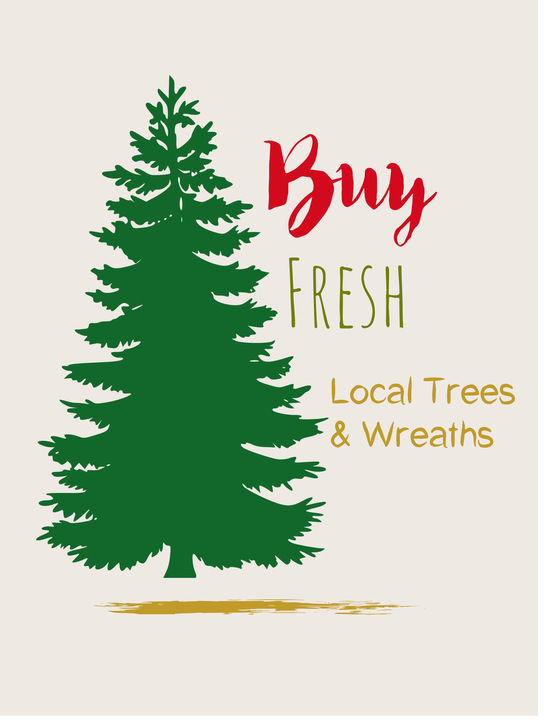 Make 2021 a Conservation New Year
Make 2021 a Conservation New Year
Fresh cut local Christmas Tree.
This weekend many are out shopping for the holiday Christmas Tree. And while most people think it’s bad to cut a live holiday tree. Instead, they may buy an artificial tree made of plastic or other synthetic material. And think because it can be reused year after year, it saves real trees. But not so, according to the Nature Conservancy; when natural trees are harvested for sale, there are more than ten times as many left standing! Out of the 350-500 million growing on tree farms across the U.S., only 30 million trees are harvested for Christmas each year.
Buying real trees will help keep tree farms in business – and in turn, keep their lands covered in the healthy forest habitat that wildlife depends on to survive. In addition, Christmas tree farms provide many of the same benefits as community trees and forests; cleaning the air and water, removing carbon, stabilizing soil, and more.
When purchasing a tree look for the NYS Grown and Certified label. Visit NY Grown and Certified producers @ NYS Ag & Markets
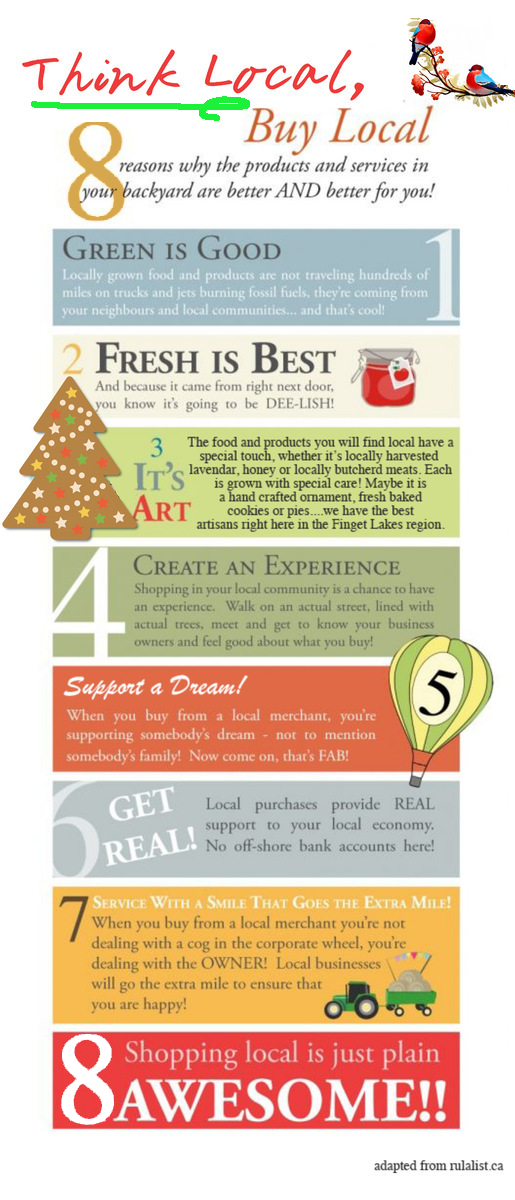 What’s your New Year’s resolution? Make 2021 a Conservation New Year?
What’s your New Year’s resolution? Make 2021 a Conservation New Year?
Let’s start by shopping locally.
When we buy from independent, locally owned businesses a significantly greater portion of our money is then recycled back through our local economy — to make purchases from our friends’ businesses, to aid our neighbors in need, and to support our local farms , when you personally know the people behind the business where you’re buying local products and services, you enjoy a connection you would not otherwise have.— ultimately strengthening the base of our whole community. One added benefit; shopping local conserves energy and resources, for example; less gas for travel. Additionally, local businesses often have a smaller carbon footprint than larger companies.
Here are a few examples of buying local:
If you are on Facebook, visit Find your Farmer in Western NY or for NY Grown and Certified producers visit NYS Ag & Markets
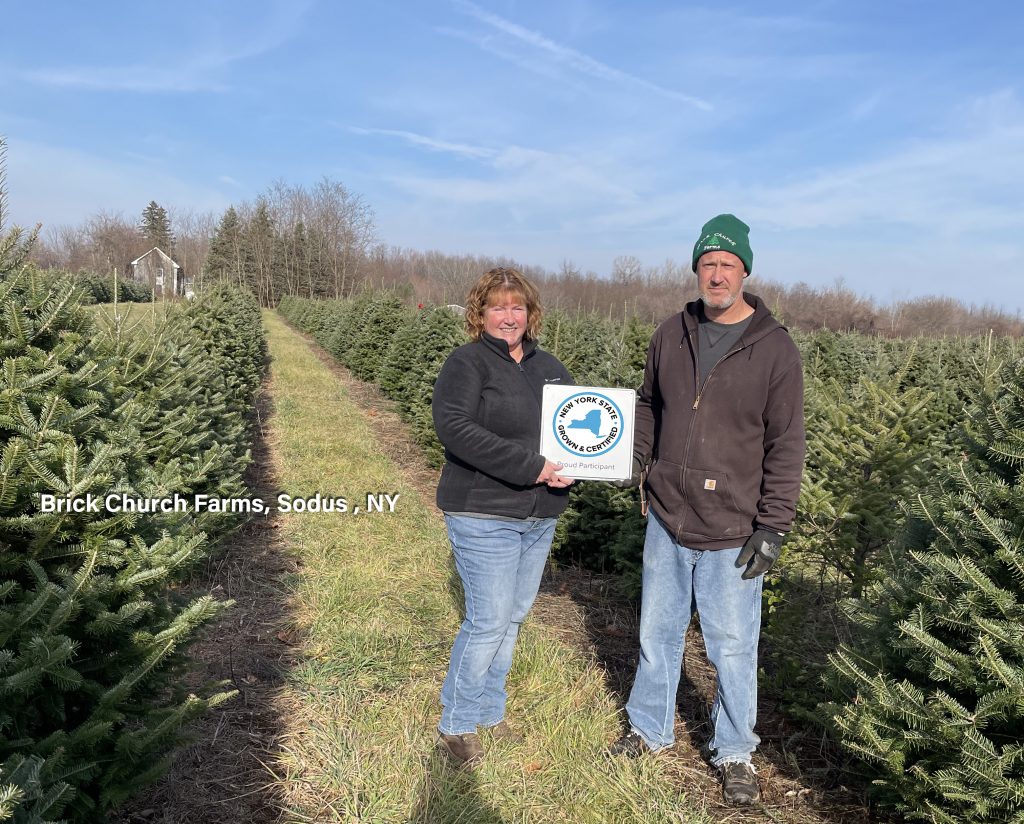 Be sure to visit a NYS Grown & Certified tree farm near you for a socially distanced and fun way to celebrate the season while supporting your local farm. Plus, with a #NYSCertified tree, you’ll know you’re buying a product grown with a focus on sustainability. New York State Grown & Certified is the first statewide, multi-faceted food certification program designed to strengthen consumer confidence in New York products, address food product labeling, and assist New York farmers so they can take advantage of the growing market demand for foods locally grown and produced to a higher standard. New York State Grown & Certified is open to New York producers who adhere to the best practices in safe food handling and environmental stewardship. It is currently available to New York State producers or processors of produce, dairy, eggs, beef, poultry, pork, shellfish, Christmas trees, maple, cut flowers, craft beverage ingredients, wine, spirits, beer and cider.
Be sure to visit a NYS Grown & Certified tree farm near you for a socially distanced and fun way to celebrate the season while supporting your local farm. Plus, with a #NYSCertified tree, you’ll know you’re buying a product grown with a focus on sustainability. New York State Grown & Certified is the first statewide, multi-faceted food certification program designed to strengthen consumer confidence in New York products, address food product labeling, and assist New York farmers so they can take advantage of the growing market demand for foods locally grown and produced to a higher standard. New York State Grown & Certified is open to New York producers who adhere to the best practices in safe food handling and environmental stewardship. It is currently available to New York State producers or processors of produce, dairy, eggs, beef, poultry, pork, shellfish, Christmas trees, maple, cut flowers, craft beverage ingredients, wine, spirits, beer and cider.
NYS Grown and Certified producers in Wayne County:
| Brick Church Farms |
Brian Hotto
5502 S. Geneva Rd
Sodus, NY 14551
|
315-483-9876 | .brickchurchfarms.com | Get directions |
| Franke Farms |
4514 Eddy Ridge Rd
Marion, NY 14505
|
315-986-1349 | frankefarms.com | Get directions |
For a full list of growers of New York-grown Christmas tree vendor nearest to you, visit https://certified.ny.gov
